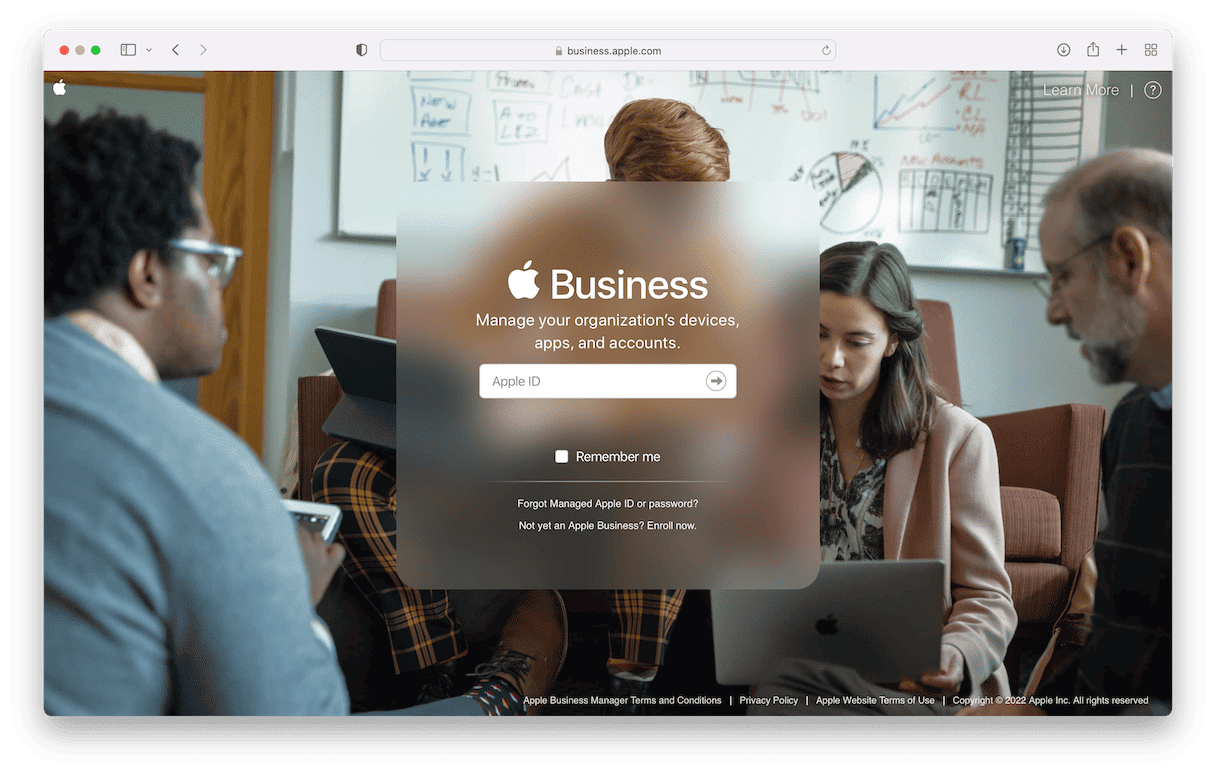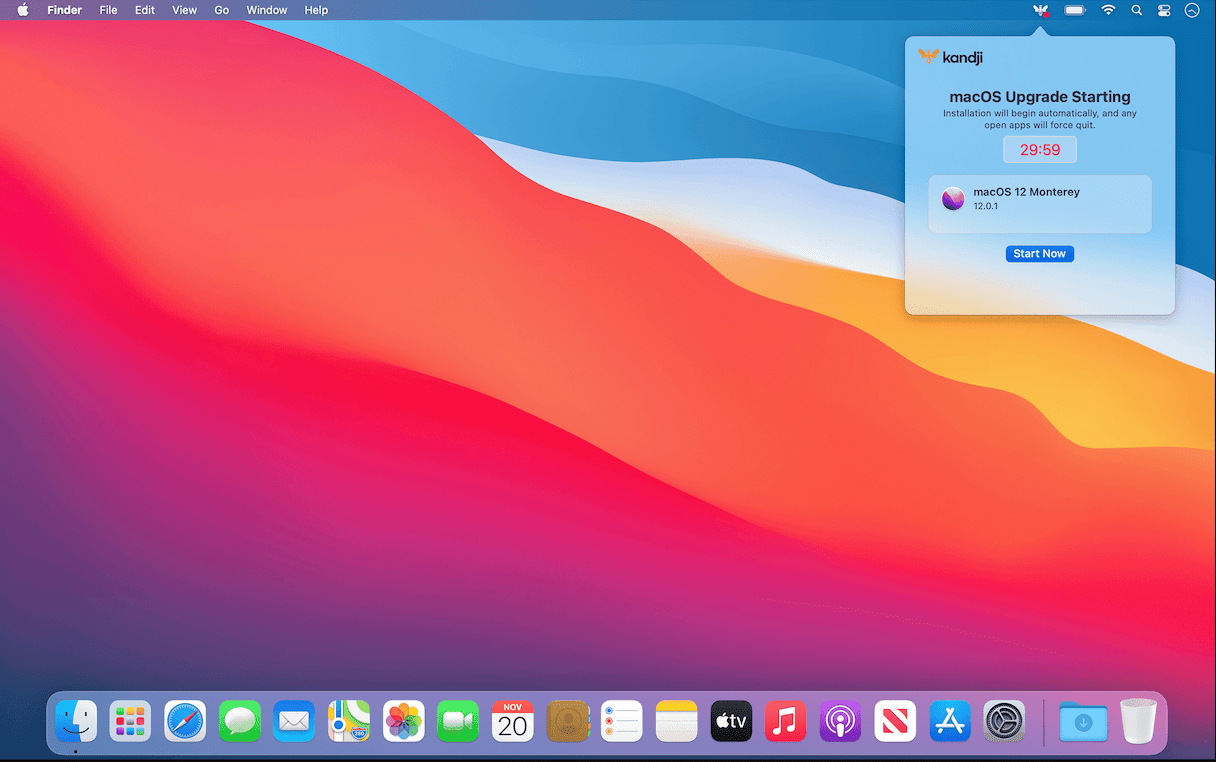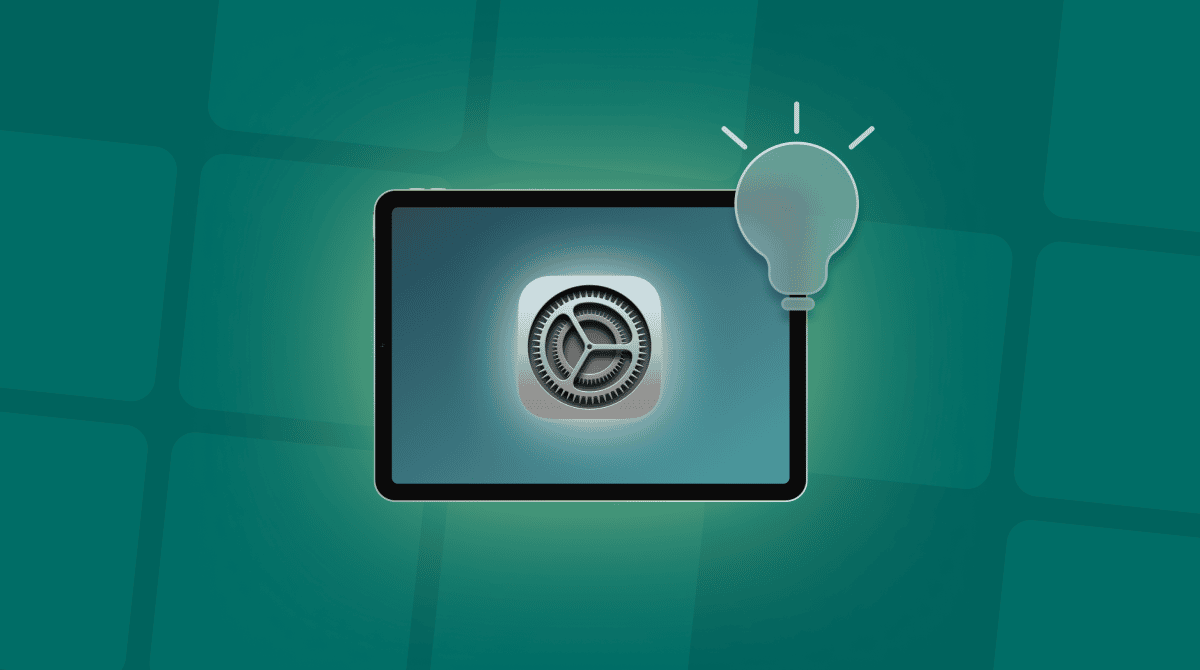MacOS devices are becoming more prevalent in the workplace. So no surprise that IT teams face a new challenge: how to manage every corporate-owned device when the entire environment is split? If you can relate to that, don’t worry!
Mac device management is not a unique issue by any stretch of the imagination. Thankfully, that means plenty of solutions is already out on the market. But there are a lot of nuances that you’ll need to consider. Things like how many macOS devices will you be supporting? Do you have the required knowledge and expertise on your team? What device management system do you already have in place? What’s your budget? And more.
All of those things will factor into your decision. And even though this article is about comparing device managers for Macs, keep in mind that these may not work for your environment. As you read this article, think of it as more of a reference and less as a ranking.
Here are a few that you’ll read about below:
Rating | Name | Features | Info |
1 | Jamf Pro | Most popular device manager for Mac | |
| 2 | CleanMyMac Business | A centralized monitoring and maintenance solution for small and medium-sized Mac fleets | Link |
3 | Apple Business Manager | Native platform for Apple devices |
6 best management software for Mac
As you start digging into Mac device management software, it’s good to have a list of things that are the top priority for your team. Do you need to support both corporate-owned devices and BYOD (bring your own device)? Or do you want something that’s on-premises versus in the cloud? Coming up with must-have points will help narrow the list of platforms that will work best for you.
1. Jamf Pro
The longest-running and most popular Apple device management platform is Jamf. You can find various solutions depending on how you want to go with the management. And therein lies what makes Jamf so popular: it is easily accessible and amenable to what you need. It’s up to you to set it up on-premises or in the cloud. You can choose to use it just for software management or have it talk to Active Directory and Microsoft System Center Config Manager (SCCM).
But because it is so customizable, that means it’s not quite as plug-and-play as some of the other options on this list. It does require you to have a bit more knowledge of macOS, and the more features you use from Jamf, the more it will cost.
Learn more about Jamf Pro.
2. CleanMyMac Business
CleanMyMac Business is for those who seek how to protect, optimize, and monitor the entire Mac fleet with minimum effort. It comes with a smartly developed admin dashboard that allows you to monitor the health of your organization’s MacBooks and lists important indicators like hard drive space, CPU, or malware.

In addition to controlling Mac health, it lets you optimize Macs’ performance by scheduling app updates, optimization scripts, and hard drive cleaning. By using the same tools, you can also troubleshoot slow performance and extend the lifespan of older computers. All with a minimum manual intervention from the IT team.
One more area in which CleanMyMac Business stands out is compliance management, as it reports on device compliance with security standards like ISO27001 or SOC II. Try 14 days free here.
3. Apple Business Manager
This one is a no-brainer to consider on any list. That’s especially true if you’re only managing macOS devices and don’t have to worry about Microsoft products like SCCM.
Apple Business Manager or the educational equivalent, Apple School Manager, is as close to a native solution as you can find. It’s cloud-based and about as user-friendly as macOS. It uses Apple’s mobile device management (MDM) for Macbooks, iPhones, and iPads. That also makes it the ideal solution to support BYOD devices.

Learn more about Apple Business Manager.
4. Kandji
A fairly common problem for IT teams when they incorporate macOS into their environment is the lack of knowledge or experience. And anyone who has worked in IT knows there’s never enough time or resources to dig into something new before you roll it out. That’s where Kandji comes in to save the day.
Kandji is probably the most user-friendly for non-Mac users. They use a blueprint system with templates to help you hit the ground running. When you would typically need to script with other Mac MDM platforms, with the Kandji admin console, you can toggle on and off with one click. And probably the biggest selling point of Kandji is the client-side app that audits devices every 15 minutes. So, if a user uninstalls something, Kandji makes sure to bring the device back up to compliance.

Learn more about Kandji.
5. VMware Workspace One
If you’ve already explored virtual machines for your environment, chances are VMWare has topped the list. Their enterprise device management solution, VMWare Workspace One, is worth considering. It’s a cloud-based platform that lets you manage any app on any device – including BYOD. And because it uses virtual environments to help control apps, that means it’s a unified endpoint solution that works with every device. So, if you’re looking for one platform to manage all devices, then this is your winner.
Learn more about VMWare Workspace One.
6. Ivanti Unified Endpoint Manager
Even if you’ve previously been in a Windows-only environment, you’ve probably at least heard of Ivanti as a device manager. The good news is they offer full support for macOS devices as well. This one is perhaps the most cooperative endpoint manager. But referencing back to your must-have list while you test it is essential. Consolidating your device managers offers a lot of perks, but there are also features you’d be missing out if you had a macOS-specific platform.
Phew, that was a lot! Now you see that there’s no shortage of options. But you need to evaluate which one is a perfect match for your team and environment — so base your platform choice on your company and team needs.










